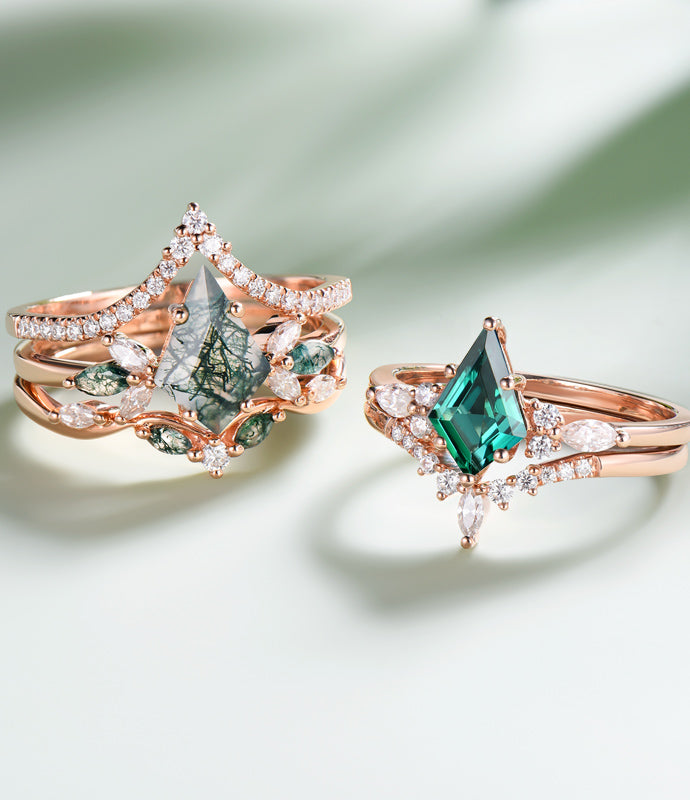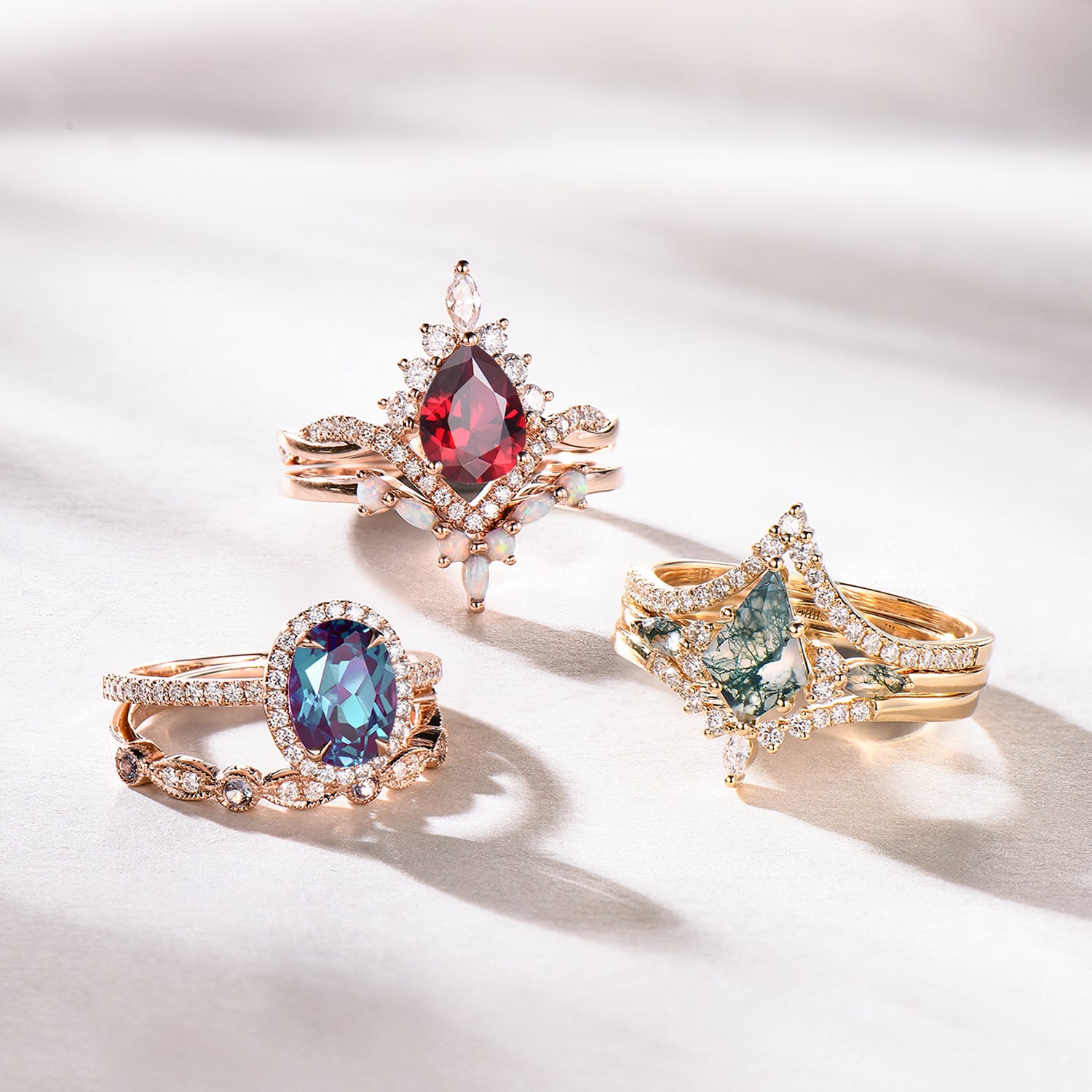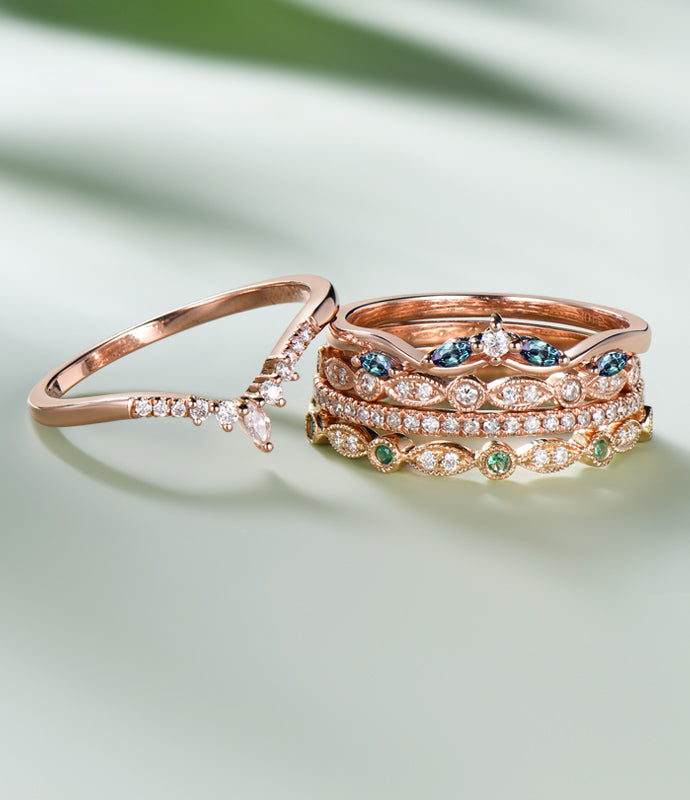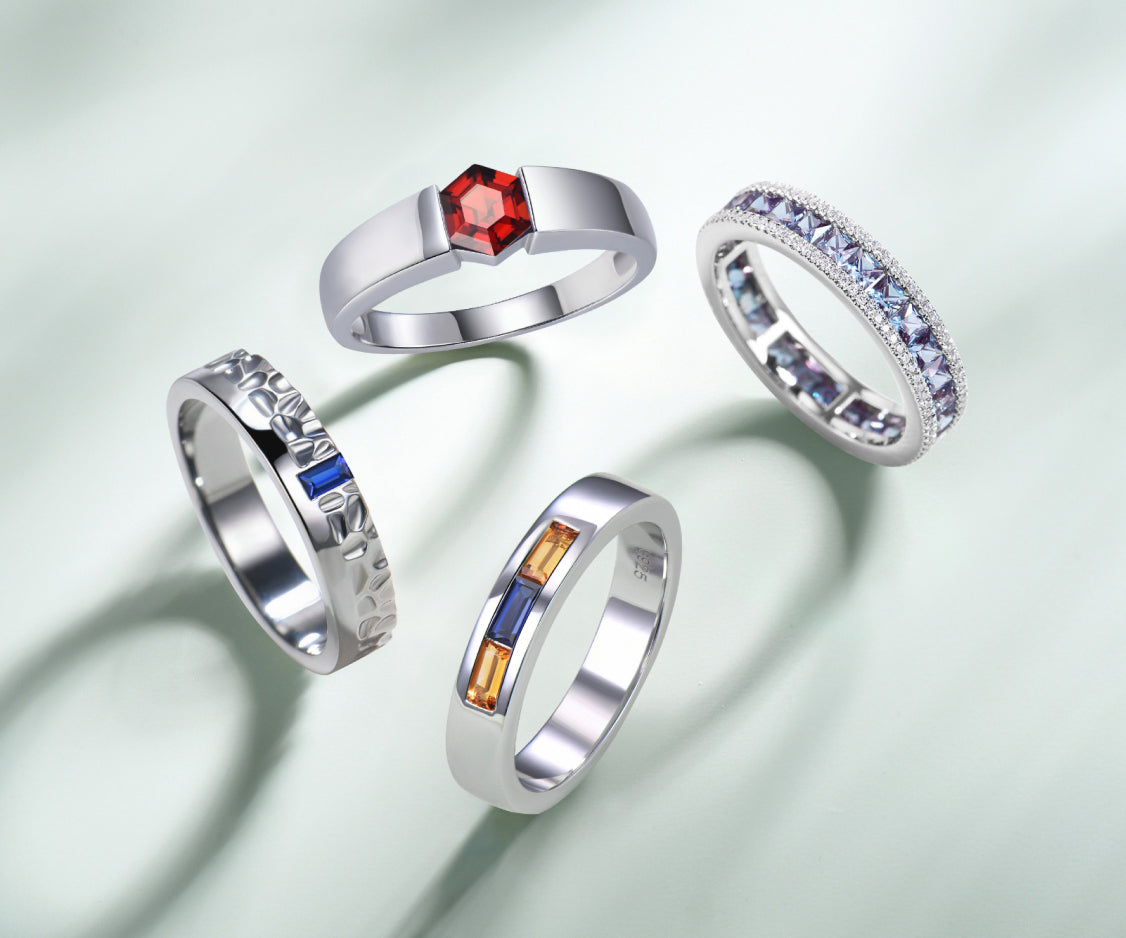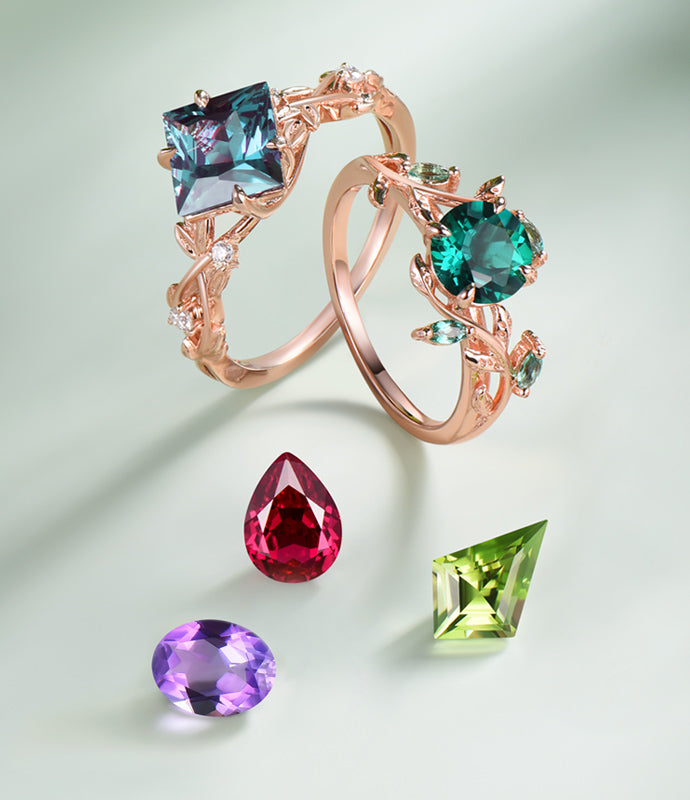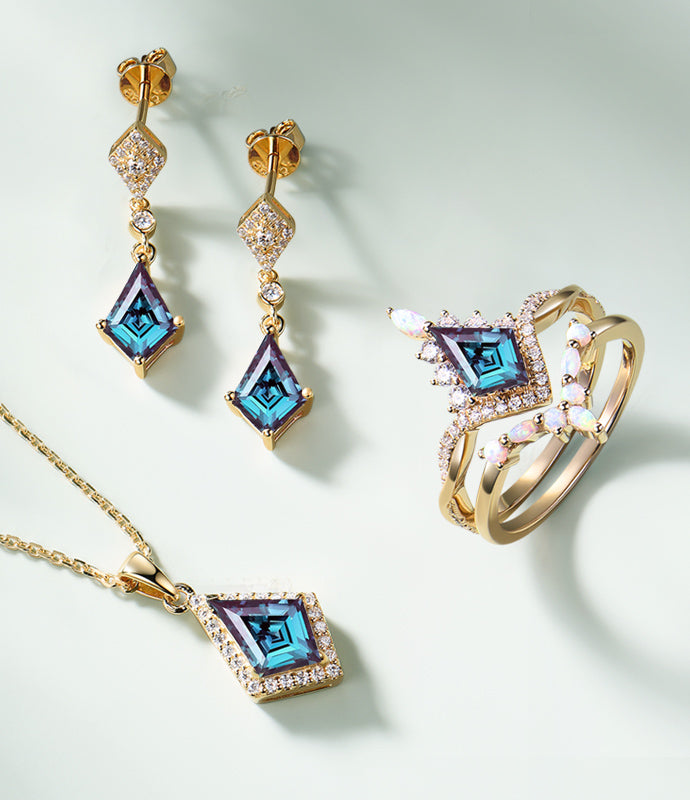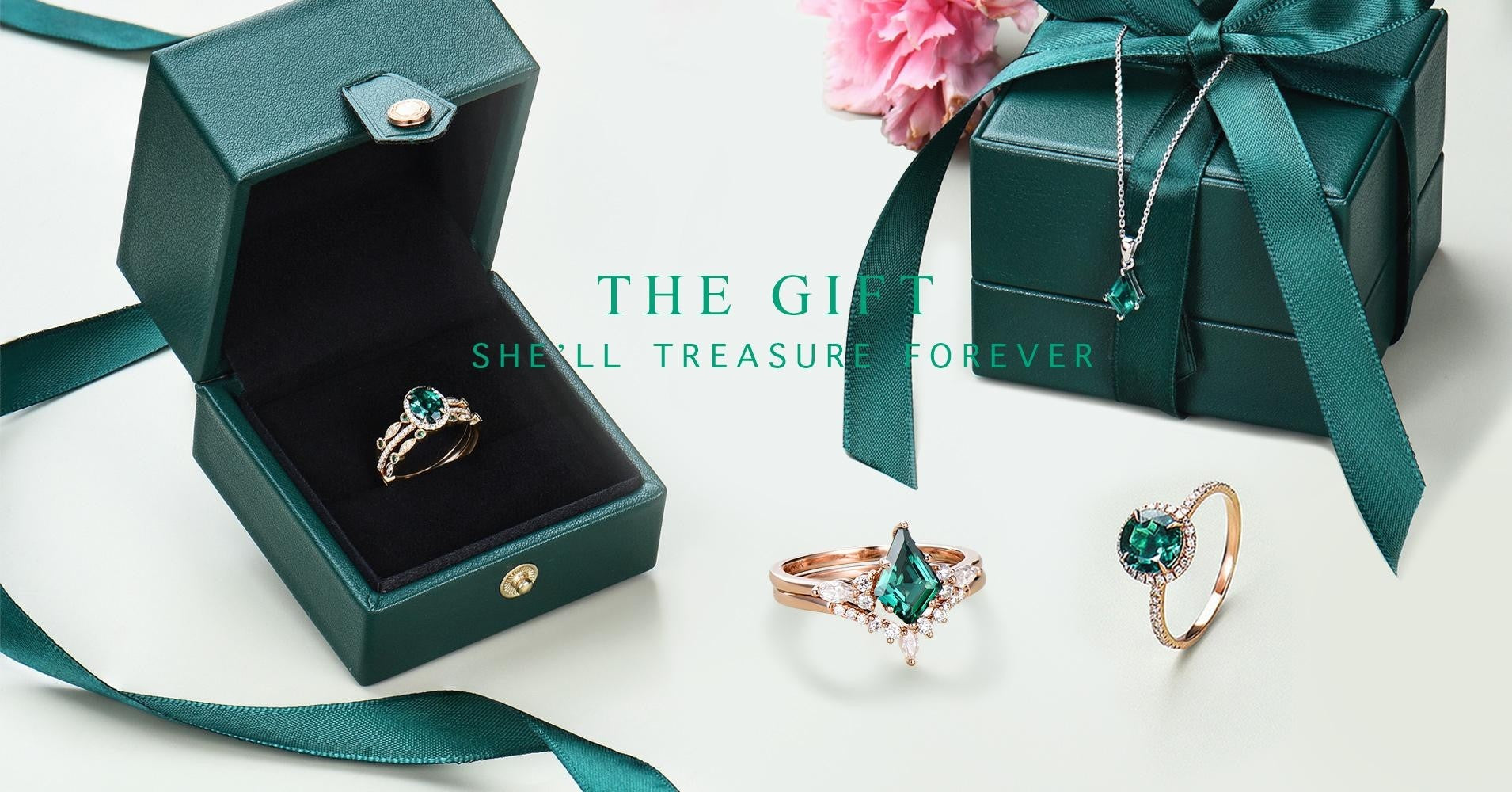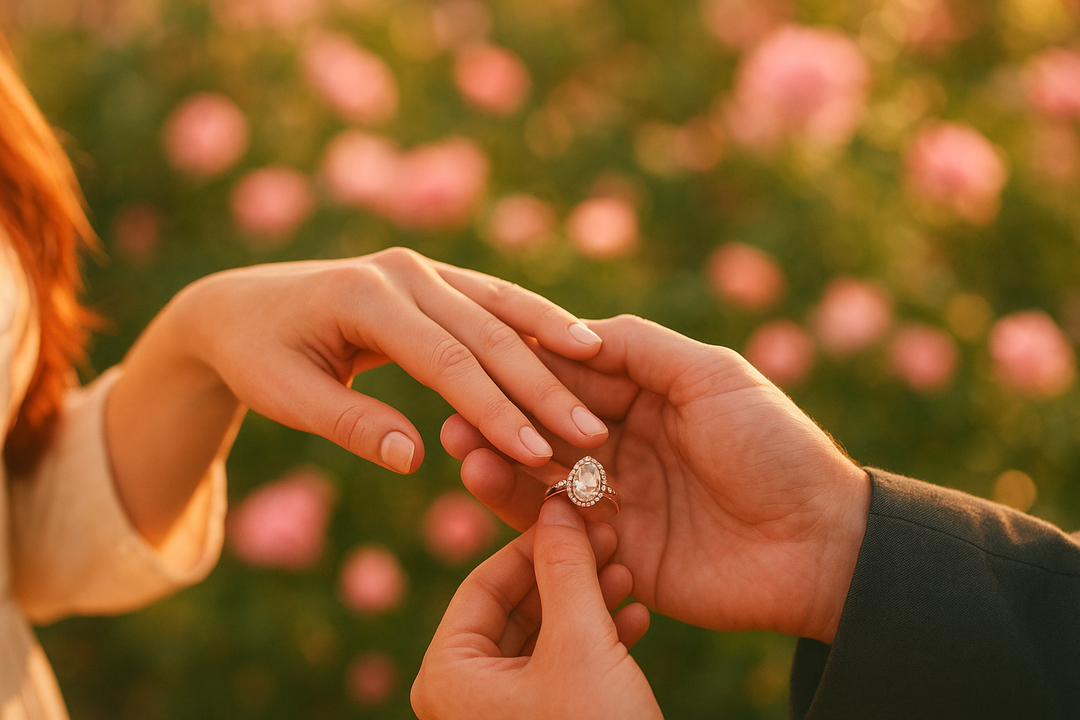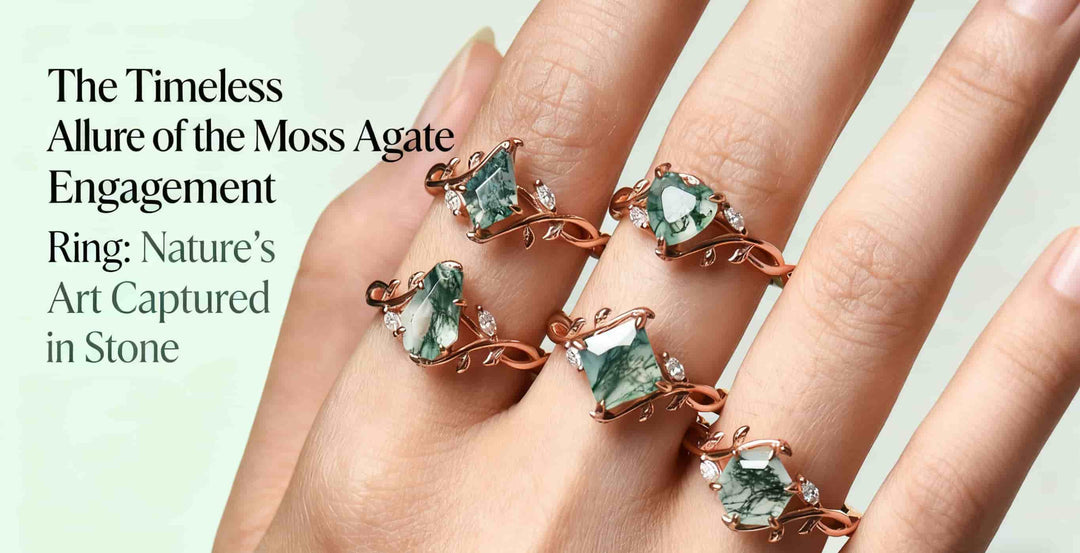Comprehensive Guide to Pink Gemstones
Pink gemstones have long been a favorite, especially in the world of “love jewelry,” which dominates the gemstone market. Their romantic hues make them a top choice for engagement rings, symbolizing passion and affection. Many couples gravitate toward these stunning stones for their sentimental value and timeless beauty.
In this guide, we’ll explore the array of pink gemstones available, providing insights to help you choose the perfect one. Pink gemstones are generally categorized into two groups: precious and semi-precious. Precious stones include diamonds, rubies, sapphires, and emeralds, while all other gemstones fall under the semi-precious category. Now, let’s dive into the world of pink gemstones and discover which is best for you!
1. Pink Diamond
Diamond rings dominate the engagement ring market for good reason. With a Mohs hardness of 10, they are incredibly durable and excel in other physical qualities. Pink diamonds, known for their stunning shades from soft to deep pink and exceptional clarity, are among the finest gemstones. However, their rarity, like most colored diamonds apart from salt and pepper varieties, makes them extremely expensive. Lab-grown pink diamonds are a great alternative for a similar appearance and durability at a lower cost. These man-made gems are more affordable, and you can choose the precise shade of pink to suit your preference.
2. Pink Sapphire
Yes, sapphires come in shades of pink, ranging from soft pastels to deep hues. The term "sapphire" applies to all corundum gemstones except rubies, encompassing a broad spectrum of colors beyond the familiar blue. While blue sapphires are more common, pink sapphires are rarer, second only to padparadscha in scarcity, making them more expensive than sapphires of other colors.
Recently, pink sapphires have gained significant popularity. If natural pink diamonds exceed your budget and lab diamonds aren’t your preference, pink sapphires are a stunning alternative. With a Mohs hardness of 9, they offer durability and elegance. Symbolizing loyalty, love, and romance, pink sapphires are also September's birthstone, the gemstone for the 45th anniversary, and a lucky gem for Virgo and Libra.
3. Pink Morganite
Morganite is one of the most sought-after pink semi-precious gemstones, second only to pink precious stones. According to Brilliant Earth’s Valentine’s Day 2024 sales data, morganite engagement rings ranked just behind diamond rings, showcasing their popularity. With a Mohs hardness of 7.5–8, morganite is both durable and versatile. Its colors range from soft light pink to deeper shades, with peach morganite being the most prized variety. Celebrated for its romantic tones, morganite is often seen as a symbol of love.
4. Pink pearl
Unlike traditional mineral gemstones, pink pearls are biogenic or organic treasures shellfish create. Their hues range from delicate light pink to rich deep pink, often with subtle purple or peach undertones, resulting from organic compounds and trace elements that enhance their captivating luster. Symbolizing feminine strength, pink pearls represent a blend of softness and resilience. They are also recognized as one of June's birthstones, the gemstone for a 30th anniversary, and a lucky stone for Gemini and Cancer. However, with a Mohs hardness of 2.5–4.5, pink pearls are relatively soft and require careful handling to prevent damage or abrasion.
5. Pink Opal
The growing popularity of opals among celebrities has spotlighted various opal hues, with pink opal rings gaining particular attention. Pink opal is an opaque gemstone with a Mohs hardness of 5.5–6, known for its soothing pink tones. High-quality pink opals may display a mesmerizing rainbow-like play of colors, adding to their allure. Revered for their soft and calming energy, pink opals symbolize tranquility and love. They are also associated with October as a birthstone and are considered lucky for those born under the signs of Libra and Scorpio.
6. Pink Moissanite
Moissanite is one of the most affordable alternatives to diamonds, offering a remarkably similar appearance and exceptional durability, with a hardness second only to diamonds. Pink moissanite, exclusively lab-created, is available in a variety of pink shades, all boasting outstanding clarity and brilliance. While its physical properties are identical to natural moissanite, natural specimens are limited to colors like gray, green, yellow, or colorless and are extremely rare. As a result, most moissanite jewelry, including pink varieties, is lab-created, ensuring accessibility and consistent quality.
7. Pink Tourmaline
Tourmaline is a versatile gemstone available in a wide array of colors, with pink and green being the most common. Pink tourmaline ranges from soft pastel pink to deep, rich hues, offering excellent clarity and a brilliant luster. With a Mohs hardness of 7.0-7.5, it is durable enough for daily wear. Known for symbolizing sincere emotions, pink tourmaline is believed to have emotionally healing properties. It also serves as the birthstone for October and is considered a lucky stone for those born under the Libra and Scorpio zodiac signs.
8. Pink Crystal (Rose Quartz)
Rose quartz, often referred to as pink crystal, is a popular and affordable pink gemstone from the quartz family. It typically ranges from light pink to rose-red and can be found in opaque, translucent, and transparent varieties, with transparency increasing as the crystal quality improves. With a Mohs hardness of 7, rose quartz is durable enough for daily use. Known for its emotional healing properties, it is believed to help alleviate anxiety and promote emotional well-being.
9. Pink Feldspar (Moonstones and Labradorites)
Two notable gemstones from the feldspar family that showcase pink hues are moonstones and labradorites.
Pink moonstone is a rare gemstone with a delicate pink color, known for its unique cat's eye effect, displaying flashes of blue and white. With a Mohs hardness of 6, it is durable enough for everyday wear. Pink moonstone is typically associated with comfort and emotional satisfaction and is the lucky stone for June-born people.
Pink labradorite, although rare, can range from light to dark pink and also displays a captivating luminescent effect. With a hardness of 6-6.5, it shares similar durability with moonstone. This gemstone is believed to inspire creativity and boost artistic inspiration, making it an excellent choice for those involved in creative fields. Notably, rainbow moonstone is a type of labradorite, and while their chemical compositions differ, they are often categorized together due to their strikingly similar appearance.
10. Padparadscha Sapphire
Padparadscha sapphire is a rare and distinctive pink sapphire renowned for its unique blend of pink and orange hues. Its name, derived from the Sanskrit word for "lotus blossom," reflects the gemstone's soft peachy-pink color, similar to the delicate petals of the flower. The captivating color of Padparadscha sapphires is the result of natural trace elements, mainly iron and chromium. Primarily found in Sri Lanka, these sapphires are highly valued for their rarity and vibrant appearance, making them a prized choice in fine jewelry.
Pink Gemstones FAQ
1. What are Pink Gemstones?
Pink gemstones vary from delicate blush tones to bold, vibrant pinks, making them highly desirable for jewelry and decorative designs.
2. What Gemstones Are Naturally Pink?
Popular pink gemstones include rose quartz, pink sapphire, pink tourmaline, rhodonite, and morganite.
3. Are Pink Diamonds Naturally Occurring Gemstones?
Pink diamonds are naturally occurring and rare, making them some of the most expensive gemstones.
4. How are Pink Gemstones used in Jewelry?
They are used in jewelries like rings, earrings, necklaces, and bracelets, often favored for their romantic coloring.
5. How Should I Care for Pink Gemstone Jewelry?
To maintain their beauty, avoid harsh chemicals and extreme temperatures. Clean with mild soap and water, and store them separately to prevent scratches.
6. Can Pink Gemstones Lose Their Color Over Time?
Exposure to sunlight and heat can cause some pink gemstones, such as rose quartz, to fade over time.




